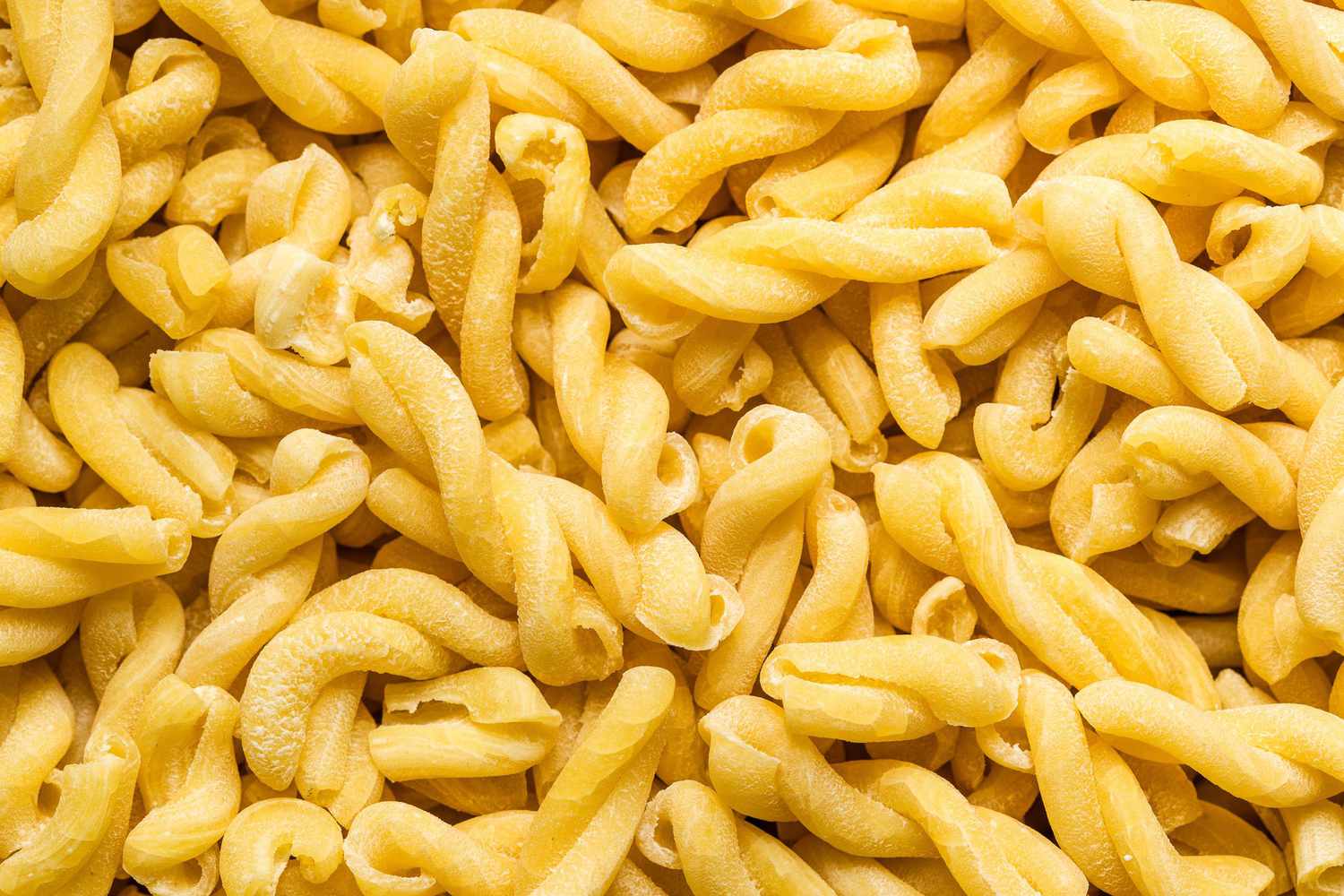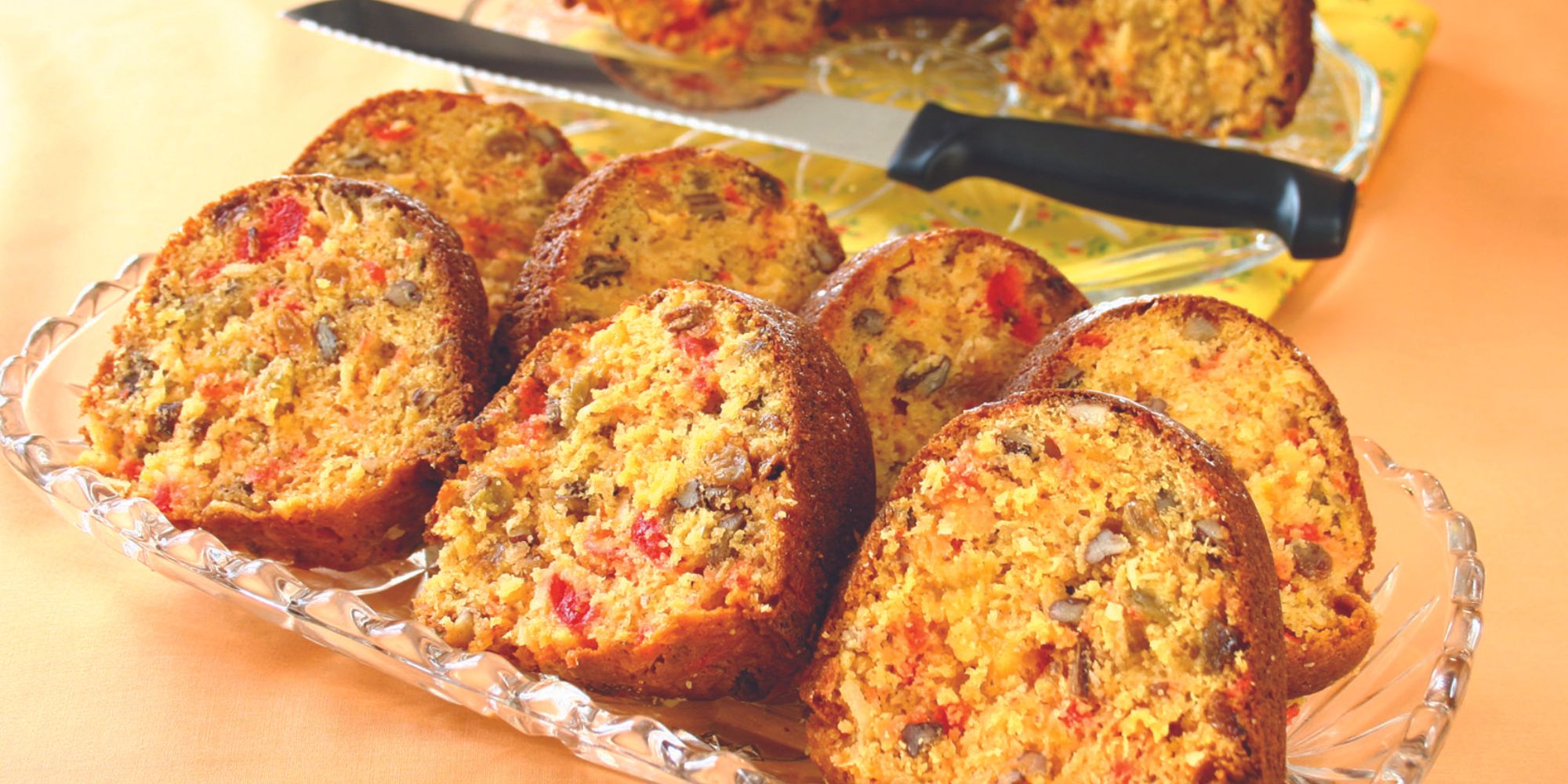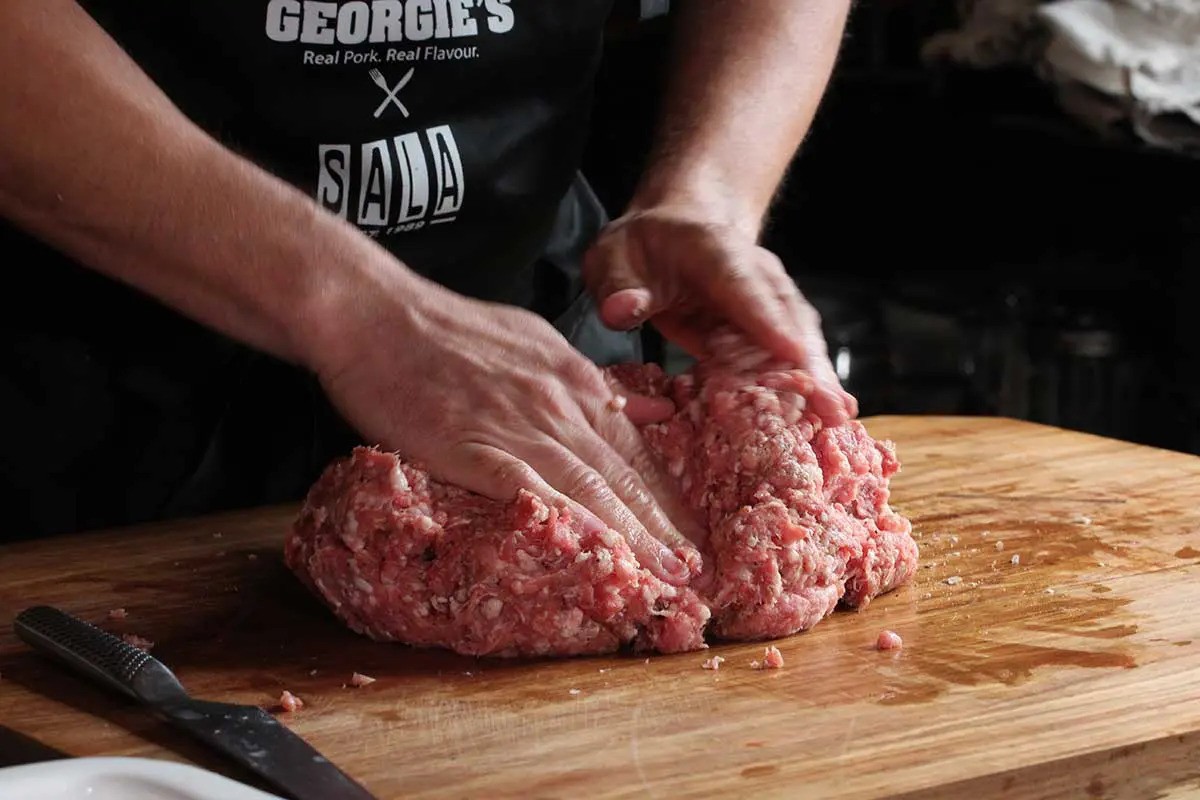Understanding Dough: A Versatile and Essential Ingredient
When it comes to baking and cooking, one ingredient that is essential in a wide variety of recipes is dough. Whether you’re making bread, pizza, pastries, or even dumplings, understanding the basics of dough is crucial for achieving the perfect texture and flavor in your culinary creations.
What is Dough?
Dough is a mixture of flour, water, and other ingredients that is kneaded into a pliable, elastic mass. It serves as the foundation for a wide range of baked goods and is the starting point for many delicious recipes. The key to successful dough lies in achieving the right balance of ingredients and mastering the techniques of kneading and shaping.
The Basic Ingredients
While the exact ingredients can vary depending on the type of dough being made, the basic components of dough typically include:
- Flour: The primary ingredient, which provides structure and texture.
- Water: Essential for hydrating the flour and creating the right consistency.
- Yeast: Commonly used in bread dough to facilitate the rising process and create a light, airy texture.
- Salt: Enhances the flavor of the dough and helps control the fermentation process.
- Fat: Such as butter or oil, which adds richness and moisture to the dough.
- Sugar: Used in some dough recipes to add sweetness and aid in the fermentation process.
Types of Dough
There are several different types of dough, each suited for specific culinary purposes. Some common varieties include:
- Bread Dough: Used for making a wide range of bread, from baguettes to sandwich loaves.
- Pizza Dough: Known for its stretchy texture and ability to create a crispy, chewy crust.
- Pie Dough: Often made with butter or shortening to create a flaky, tender crust for pies and tarts.
- Puff Pastry Dough: Characterized by its many layers and ability to rise dramatically when baked, creating a light, flaky texture.
- Pasta Dough: Typically made with eggs and flour, used for creating various shapes of pasta such as spaghetti, fettuccine, and ravioli.
The Role of Kneading
One of the most important steps in working with dough is kneading. This process involves folding, pressing, and stretching the dough to develop gluten, which gives the dough its structure and elasticity. Proper kneading ensures that the dough will rise properly and have the desired texture when baked.
Key Techniques for Working with Dough
Whether you’re a seasoned baker or just starting out, mastering a few key techniques can make all the difference when working with dough:
- Measuring Ingredients: Accurately measuring the flour and water is crucial for achieving the right consistency in the dough.
- Kneading: Taking the time to knead the dough thoroughly will help develop the gluten and create a smooth, elastic texture.
- Rising: Allowing the dough to rise in a warm, draft-free environment is essential for achieving the desired volume and texture in the finished product.
- Shaping: Depending on the recipe, shaping the dough into loaves, rounds, or other forms is an important step in the baking process.
- Baking: Following the recommended baking time and temperature is crucial for achieving the perfect golden-brown finish and ensuring that the interior of the dough is fully cooked.
Conclusion
Dough is a versatile and essential component of countless recipes, and understanding its properties and techniques is key to successful baking and cooking. Whether you’re making a simple loaf of bread or a complex pastry, the right dough can elevate your culinary creations to new heights. By mastering the basics of working with dough, you can unlock a world of delicious possibilities in the kitchen.
Was this page helpful?
Read Next: What Is Kouign-Amann











